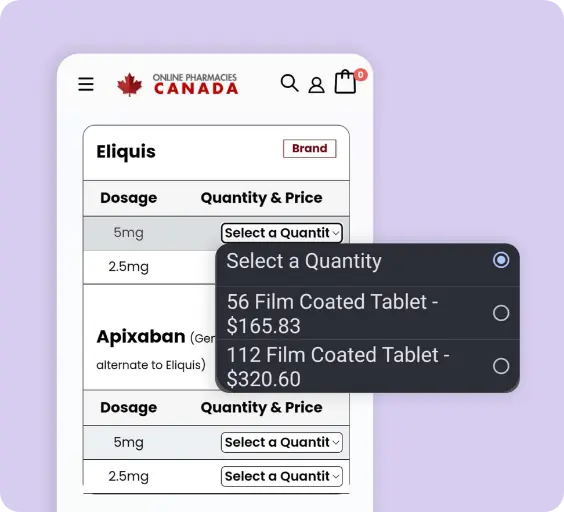Glyxambi is usually prescribed as a once-daily tablet and should be taken orally, either with or without food, as directed by a healthcare provider. To take the medication, swallow the tablet whole and drink a glass of water. Do not split, chew, or crush the tablet.
The dosage of Glyxambi may vary depending on an individual’s medical condition, and it is crucial to follow the specific instructions provided by a healthcare provider. Take Glyxambi regularly and on a set dosing schedule for the best results. Do not change your dose or stop using the medication abruptly without consulting with your healthcare provider.
The recommended dose of Glyxambi is usually 10 mg empagliflozin/5 mg linagliptin taken once daily, typically in the morning, with or without food. This dosage may be increased to 25 mg empagliflozin/5 mg linagliptin once daily depending on your response to the medication and your medical condition. However, the exact dosage may depend on individual factors, so consult with a doctor before taking any medication or changing your dosage.

 Prescription Required
Prescription Required
 Formulation: Tablet
Formulation: Tablet
 Prescription Required
Prescription Required
 Formulation: Tablet
Formulation: Tablet





















REVIEWS